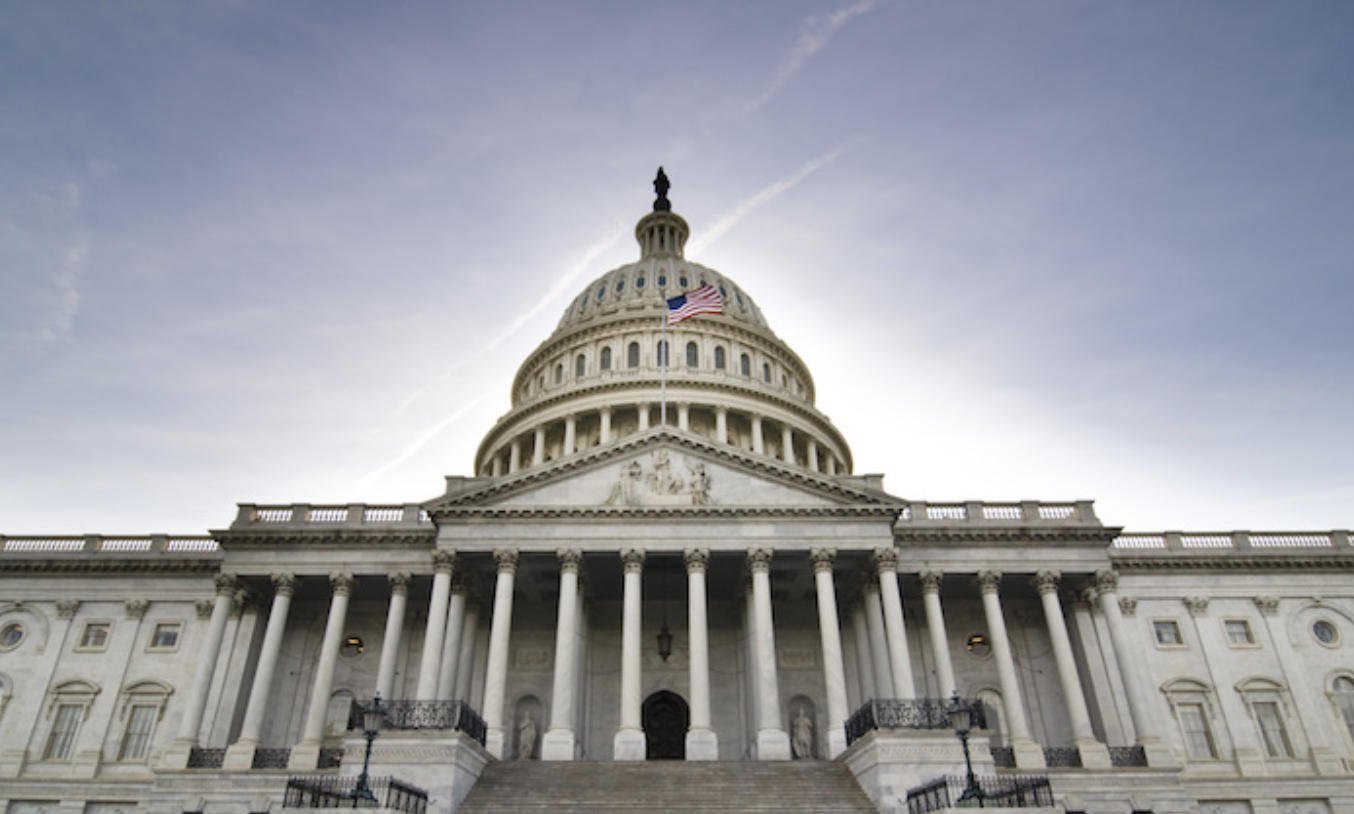Hearing: Climate Change, Part IV: Current Economic Effects of Climate Change and the Costs of Inaction
Testimony by Michael Greenstone
Thank you Chairman Rouda, Ranking Member James Comer, and members of the Subcommittees on Environment and Oversight for inviting me to speak today. My name is Michael Greenstone, and I am the Milton Friedman Professor in Economics and Director of the Becker Friedman Institute and Energy Policy Institute at the University of Chicago. I also serve as co-director of the Climate Impact Lab, a multi disciplinary collaboration of researchers working to quantify the long-term impacts of climate change. My own research focuses on estimating the costs and benefits of environmental quality, with a particular emphasis on the impacts of government regulations.
I appreciate the opportunity to speak with you today about the social cost of carbon, future damages stemming from federal inaction against climate change, and the federal government’s ideal policy response. I will make several points today that I first summarize here:
- The social cost of carbon (SCC) is the cost to society of polluting an additional ton of CO2. The SCC enables regulators to account for potential benefits to society through lower carbon emissions and also points towards the optimal price on carbon required to address excess greenhouse gas emissions. The US government SCC was approximately $50 per ton of CO2 as of 2016, using a discount rate of 3%.
- A smaller SCC of approximately $1-$7, which is used by the Trump administration, is based on two faulty sets of assumptions. First, it uses higher discount rates, which are likely inconsistent with the expected nature of real-life payoffs on climate mitigation. Second, it fails to account for damages incurred outside the US, and therefore discourages other countries from making CO2 reductions that benefit United States citizens.
- Following recommendations in 2017 from the National Academy of Sciences, an interdisciplinary team I co-direct, called the Climate Impact Lab (CIL), is calculating an updated, data-driven social cost of carbon. Our approach seeks to project changes in mortality, energy use, agricultural yields, labor productivity, and coastal vulnerability due to an additional ton of CO2; and then monetize those costs to society.
- The main CIL finding to date is that the increase in the global mortality rate due to climate change-induced temperature changes in 2100 is larger than the current mortality rate due to all infectious diseases. This elevated mortality risk equates to a partial social cost of $23.6 per metric ton of carbon emitted today. This result suggests that the federal government may be systematically undervaluing the social costs of CO2 emissions: the mortality partial SCC we compute is ten times larger than the partial mortality cost underlying the Obama-era SCC, almost half as large as the entire Obama-era estimate, and three to twenty times larger than the Trump administration’s estimate of the full social cost of carbon.
- Given the scale of the climate challenge and the urgent need for resources to address other pressing social challenges, it is critical that policy aim to deliver the cheapest reductions in CO2 emissions today and in the future. The surest way to achieve inexpensive reductions today is to price CO2 emissions with a carbon tax or by implementing a cap-and-trade program. At the same time, new technologies offer the promise of even cheaper emissions reductions in the future, and there is a compelling case for increasing US government funding for energy research, development, and demonstration (RD&D). Since private firms have insufficient incentives to engage in “basic” energy RD&D, such funding would address this market failure.
Read the full testimony here.



